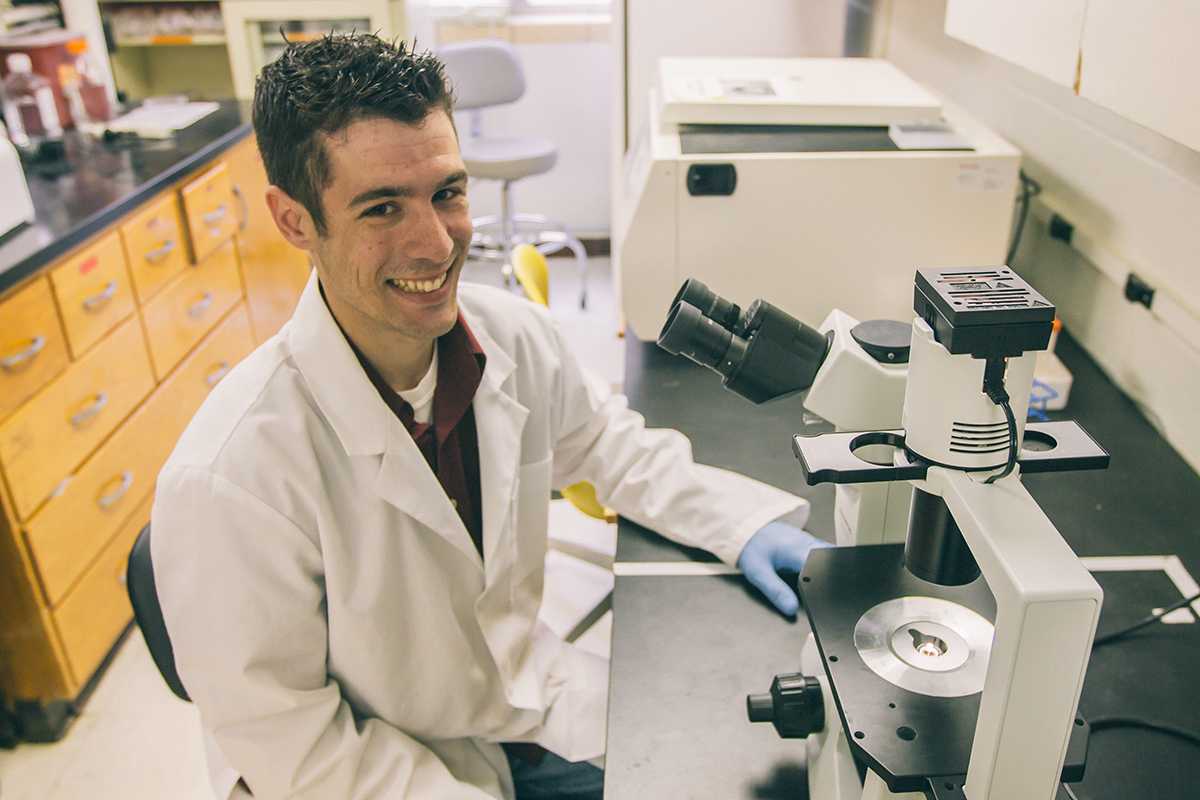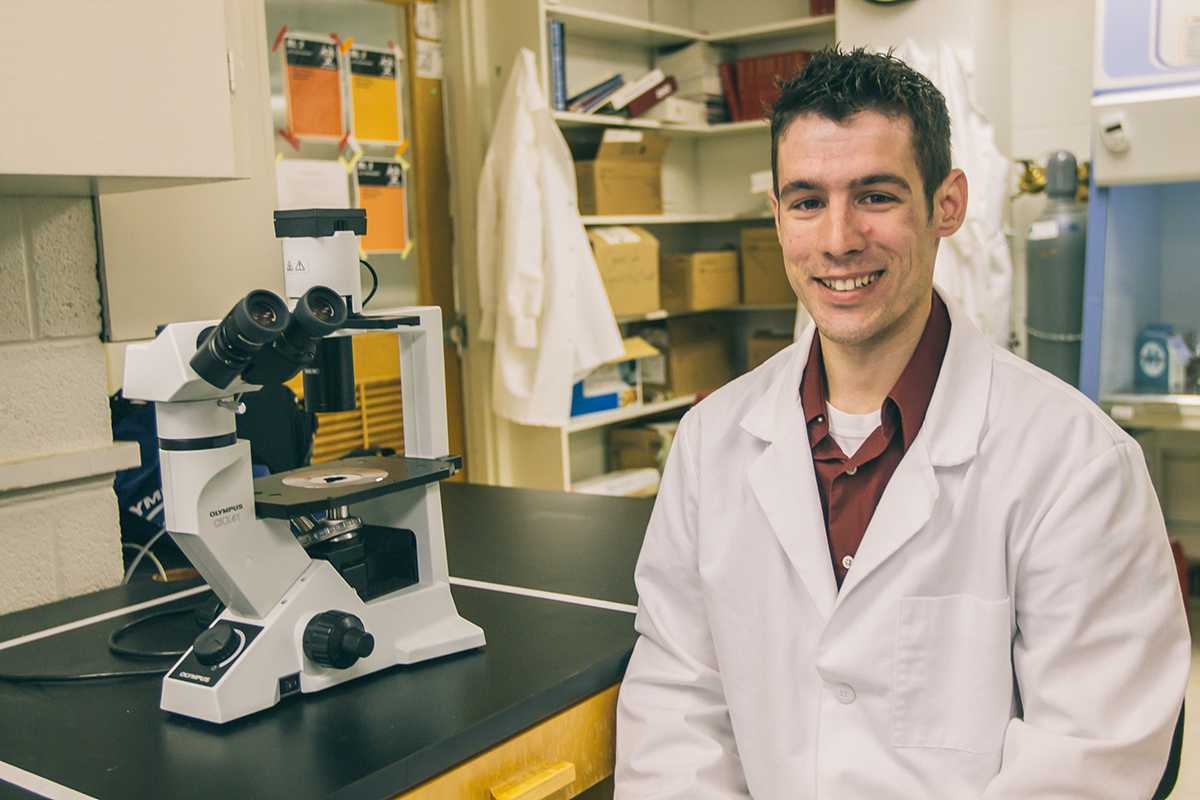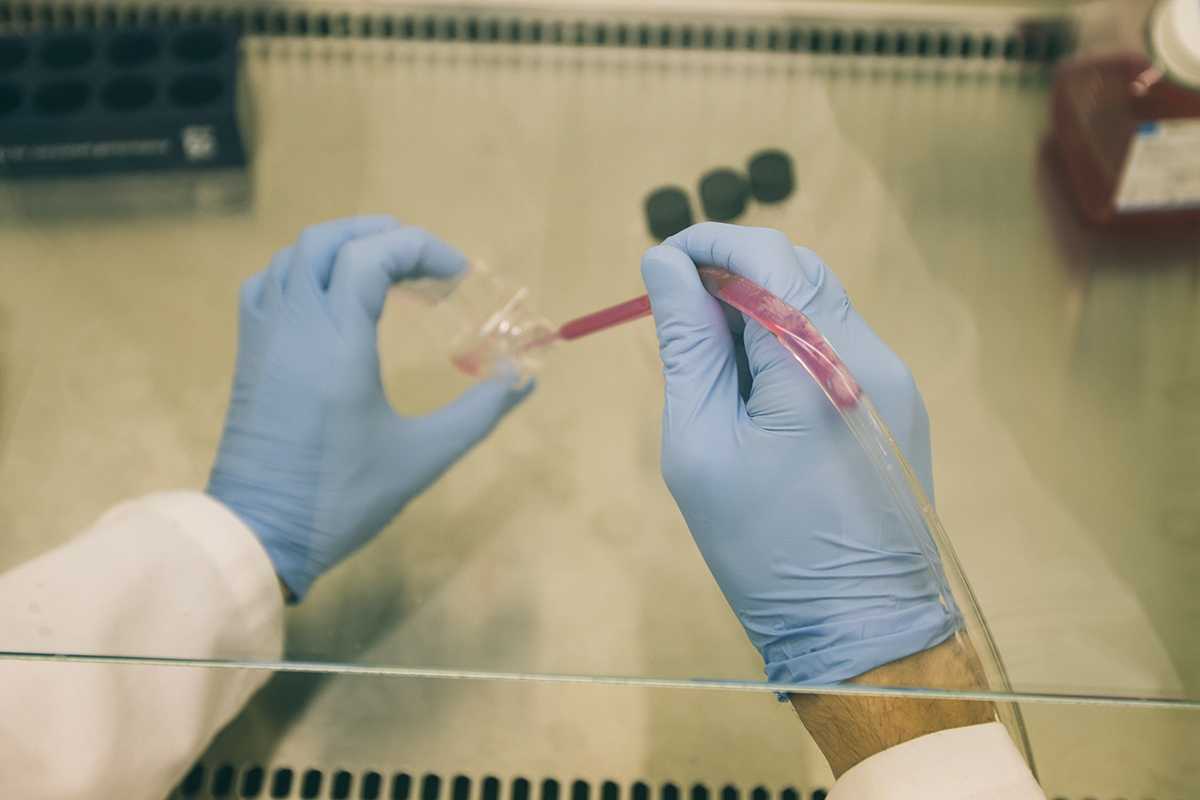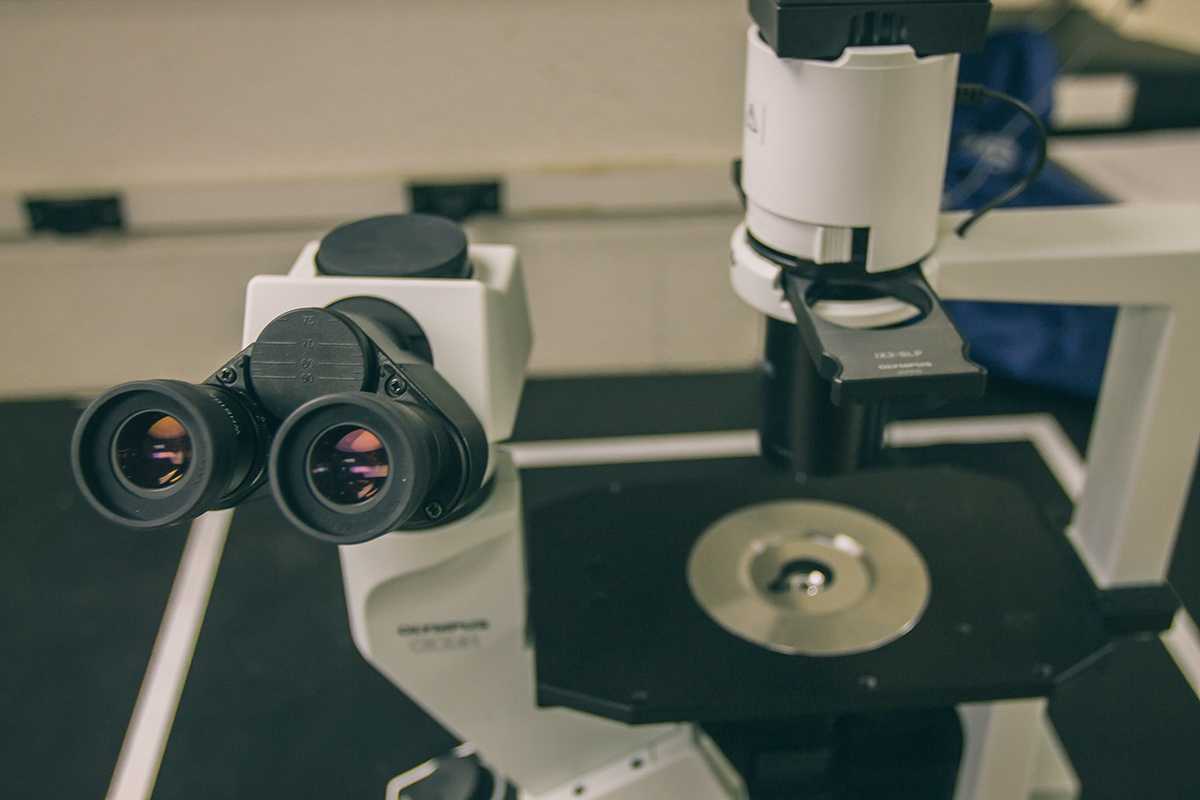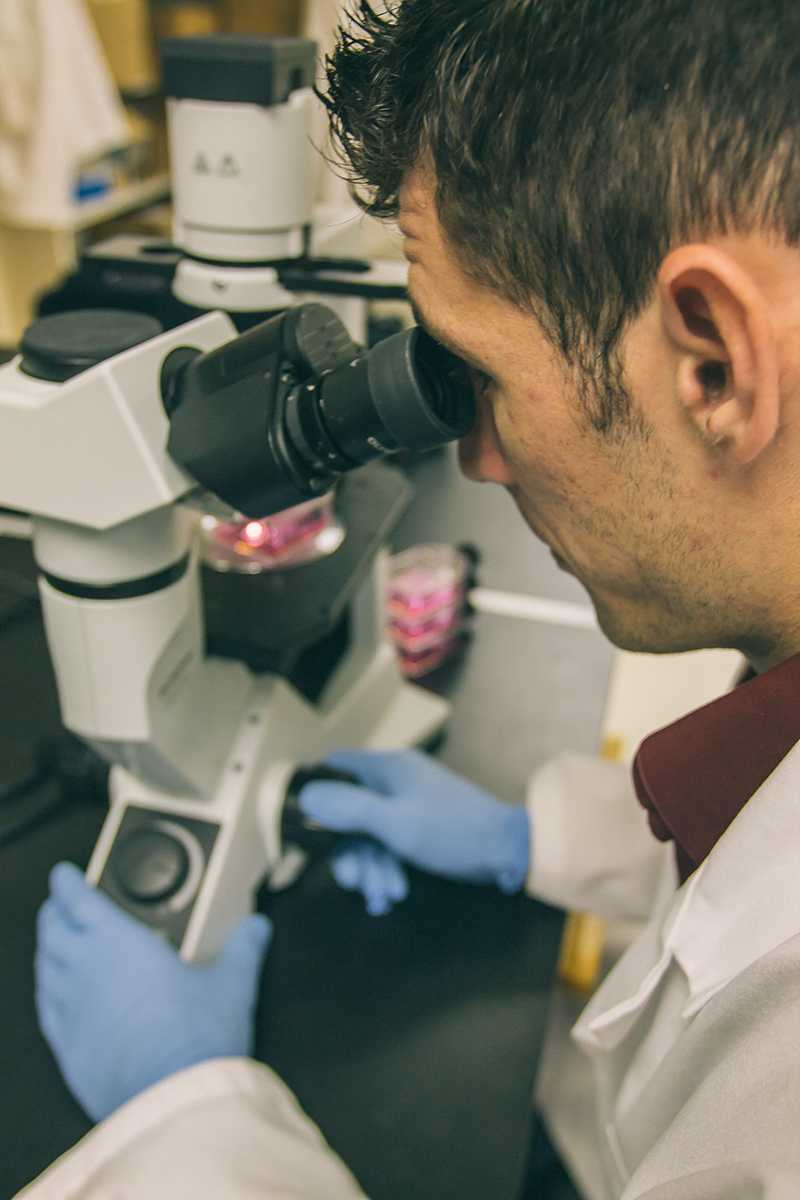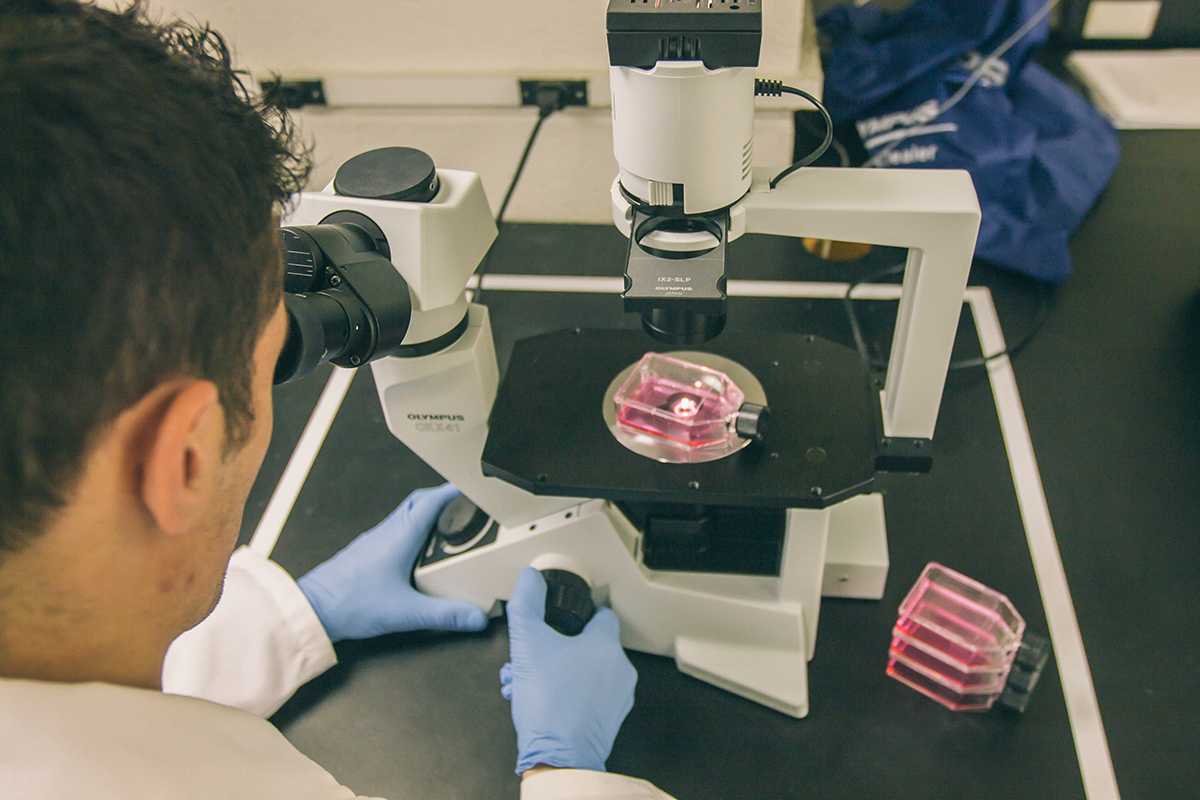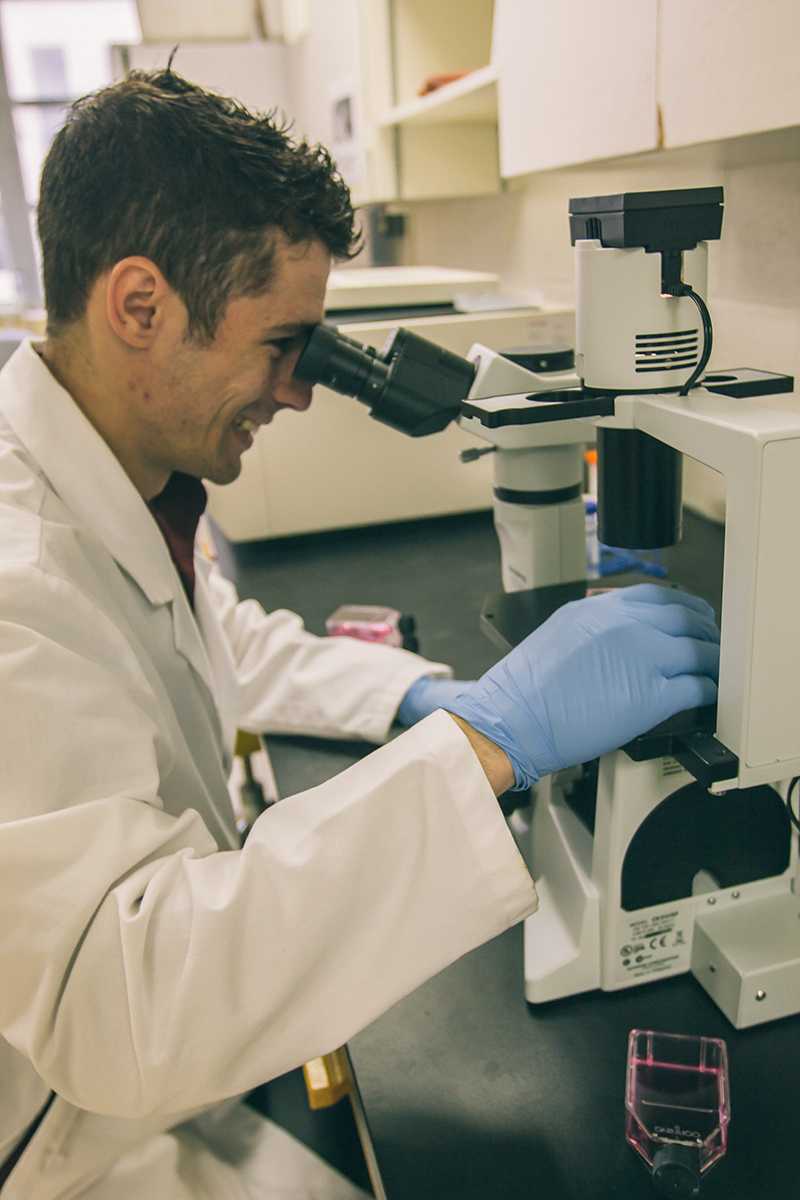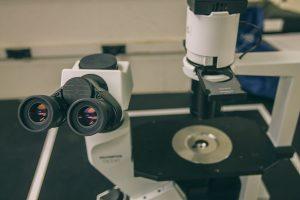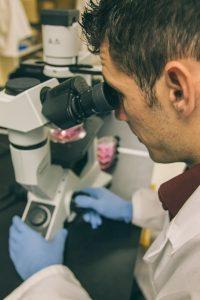Kevin Shimkus, doctoral candidate for the Space and Life Sciences Fellowship, researches the musculoskeletal effects of multiple space-flight missions on astronauts with a NASA grant. The Battalion news reporter Cassidy Hudson spoke with Shimkus about his research and work at Texas A&M.
THE BATTALION: What led you to Texas A&M?
SHIMKUS: I went to the Rochester Institute of Technology, which is in Rochester, New York. I became more and more excited by physiology. I was pre-med and realized I didn’t want to go to med school. I didn’t know what I wanted to do, but I really started to take an interest in research. I was really fascinated by how muscle works with the tissue. There’s a rhyme and a reason why people can put on muscle in the weight room and why it goes away when they stop. It all kind of clicked and made sense for me. I knew I wanted to do muscle work for a grad-program. I knew I wanted to be able to work with space flight. There are not a lot of programs in the country that do muscle-space research, but I found A&M. A&M has a very unique program here. When I graduate, I will have a certificate in space life sciences.
THE BATTALION: How did you become involved in research?
SHIMKUS: Dr. [Harry] Hogan [associate professor of engineering] has a large $1 million dollar grant from NASA that looks at the effects of multiple missions of space flight on the bone. We know that when you go to space you are going to lose muscle and lose bone, and it seems that with enough recovery back on Earth, most of those come back. But NASA wanted to know, ‘Can you send a veteran back into space or can you send a rookie?’ No one was doing anything with the muscles really, so I asked if I could potentially study that and see what would maybe happen with the study. That turned into my dissertation. I have had quite a bit of recognition with some of the work. I have been very fortunate to do a study that would have cost $1 million dollars to do myself, but I was able to get the muscles essentially for free to study.
THE BATTALION: What does your research entail?
SHIMKUS: I study how we build muscles. One of the techniques that we do is we measure how much muscle a person, or a rat, or mouse, or even a muscle cell in a petri dish grows in a day. We use some very creative science. My lab studies muscle protein synthesis. We are a lab that is dedicated to figuring out what makes muscles grow more or not grow. The NASA research is exciting and it’s fun, and it’s definitely different, but the thing that is important to say is that the NASA research carries back down to the Earth population. Research that can help maintain muscle for astronauts will also work with aging populations, people with broken legs, or people with spinal injuries and are seeing massive losses of muscle mass. Things like cancer and AIDS lead to severe loss of muscle mass, which affect mobility and a person’s quality of life. So, the NASA research is great, but my long-term goal isn’t necessarily space research, but how can we maintain muscle mass in clinical populations or athletes?
THE BATTALION: What are you hoping to gain from the research?
SHIMKUS: I am currently trying to finish up my degree here, and I’m trying to turn all my research and publish it. We publish the scientific papers, which is how we share our research with the scientific community. I’m in the process now of writing up all my work and trying to get that published soon.
THE BATTALION: How do you plan to use your research after graduation?
SHIMKUS: It’s a little tricky right now as far as grants are concerned. That’s always going to be an issue with anyone who does research is making sure you can afford to do the science, whether that is NIH [National Institutes of Health] money or NASA grants. I think more and more professors that are doing research have to be very ambitious writers and they have to continue to apply for these grants. Because there is less and less money to go around, you’ve got to come up with better ideas and better ways to answer questions. But, I want to do research. I want to work at a facility like A&M that is research oriented. A&M has an undergraduate research program that really tries to push getting undergrads in the lab and showing them just what’s out there. I think a lot of times you take classes and people in our depart want to become physical therapists or medical doctors or go into the clinical world. That’s great, but I don’t think people see the research side of things until they have already kind of decided what they want to be or are almost graduated. I think research is a great opportunity for some of the really bright undergraduates we have here. I would love to do that myself and mentor when I become a professor somewhere.”

















